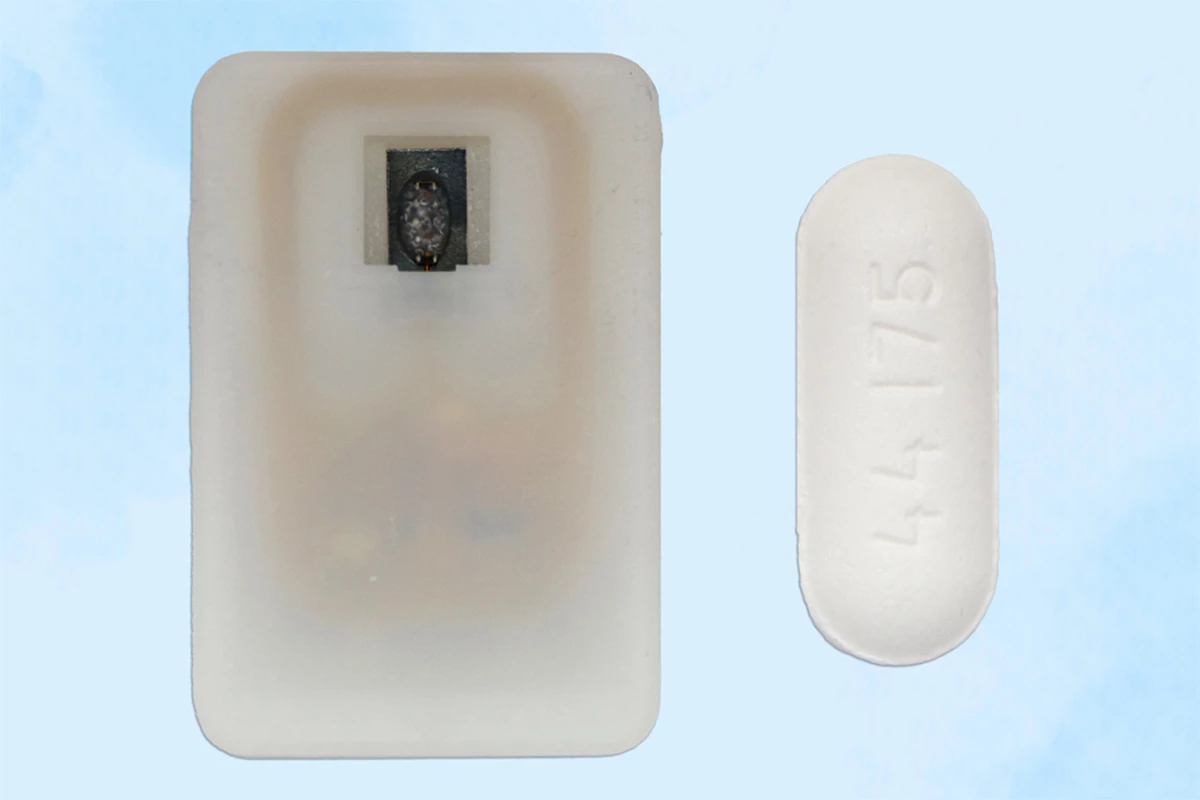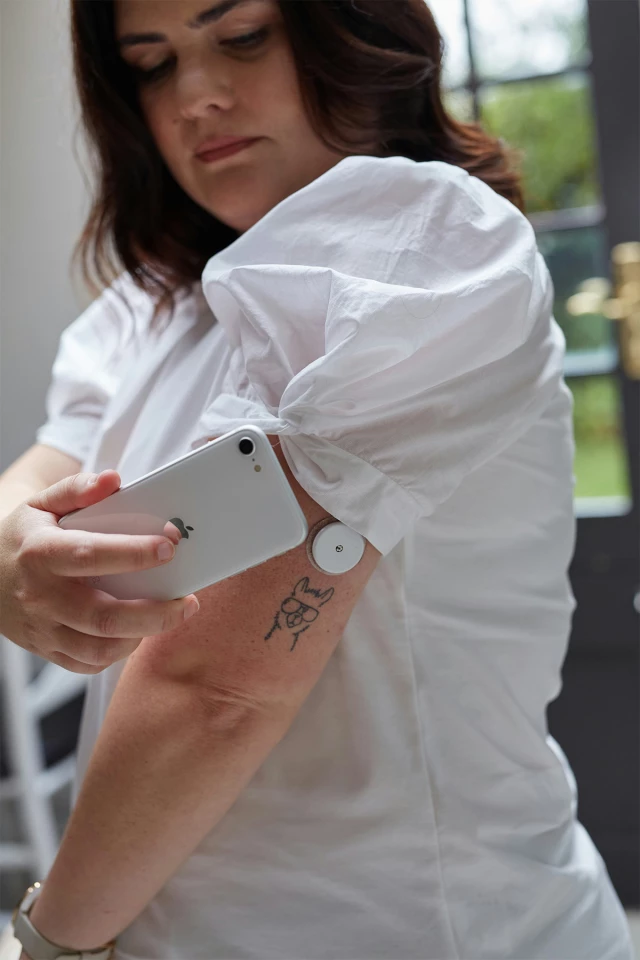Hypoglycemia – a condition in which low blood glucose levels can cause you to feel dizzy, weak, and shaky – can catch you by surprise. It often occurs due to excess insulin, whether it's produced by your body or if you've injected too much of it.
There are ways to treat it quickly, but if hypoglycemia strikes when you're asleep, or affects children who can't jab themselves with a glucagon injection, it can lead to a range of disorienting symptoms and more dangerous complications.
To counteract this condition, a team of engineers at the Massachusetts Institute of Technology (MIT) has developed a coin-sized device that can be safely implanted in the body to automatically deliver a dose of glucagon when a sensor notices blood glucose levels dropping too low – and potentially save the user's life.
The compact device that's designed to be implanted under the skin only weighs 0.07 oz (2 g), and features a tiny reservoir for glucagon, a hormone that stimulates your liver to release glucose into your bloodstream. That's also what people with hypoglycemia, including some folks with Type 1 diabetes, carry along with them at all times in the form of a preloaded syringe to inject whenever they're feeling the symptoms of the condition coming on.

What's different here is the glucagon in the reservoir is a specially developed powdered version, which remains stable for longer. The reservoir itself is made from a 3D-printed polymer, sealed with a nickel-titanium shape-memory alloy that curls from a flat slab into a U-shape when it's heated up to 104 °F (40 °C).
The tiny implant also includes an antenna that receives a signal from a remote trigger or a system that works with a glucose monitor. This will power on a small electrical current and heat the reservoir seal up to its temperature threshold. At that point, the glucagon is released into the body.
The researchers tested the device by implanting it in diabetic mice, and found that it helped bring their blood sugar levels back to normal within 10 minutes of being triggered when their glucose readings were dropping. The device also proved to be similarly effective in dispensing powdered epinephrine, which can help to quickly treat deadly allergies.
What's more, the team found the device worked fine as an implant for four weeks, even after scar tissue formed around it. Siddharth Krishnan, the lead author of the study, which appeared in Nature Biomedical Engineering this week, noted it might last a whole lot longer than that. "The idea is you would have enough doses that can provide this therapeutic rescue event over a significant period of time," he explained. "We don’t know exactly what that is – maybe a year, maybe a few years, and we’re currently working on establishing what the optimal lifetime is. But then after that, it would need to be replaced."
This device could be a boon for hypoglycemic people who can't administer glucagon injections on their own, as well as those who suddenly encounter extreme cases of the condition, which makes it hard to swallow any edibles that could help raise blood sugar quickly.
It can also make life easier for those who live with diabetes and use continuous glucose monitors, as it could negate the need to inject glucagon or even manually trigger it – the device can be designed to receive signals from those wearables and deliver a dose without the patient ever having to intervene.

The researchers' next steps involve further testing of the implant in animals, and clinical trials with humans within the next three years.
This device joins a bunch of recent compelling approaches to tackling hypoglycemia, including a nanomedicine that can release glucagon in hypoglycemic conditions in the bloodstream, and an on/off switch that can be added to insulin so it manages itself to prevent hypoglycemia. Treating this condition effectively could also help people avoid blindness that can be brought on by low blood sugar levels, as researchers noted earlier this year.
Source: MIT News





